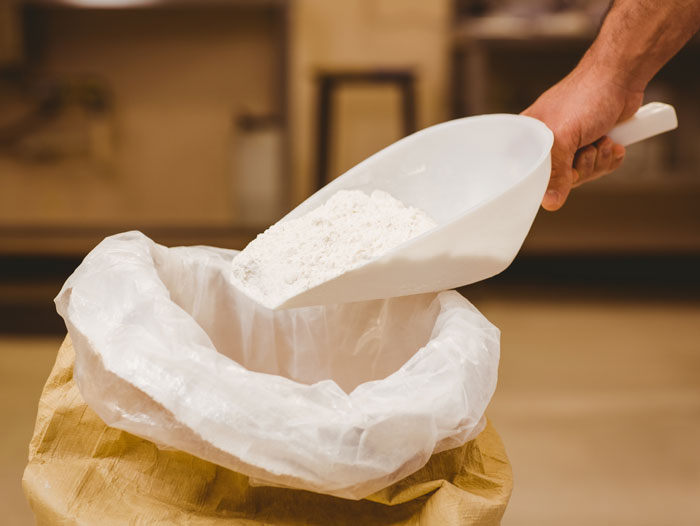The Megadrought is Just One Factor Driving Up the Price of Your Bread
July 23, 2021 | 1 min to read

A perfect storm of trouble—extreme dry conditions, a volatile commodity market, and climbing expenses—have millers and bakers passing on rising costs to customers.
Last spring, pandemic-related supply chain issues led to too little flour on supermarket shelves, just as cooped-up consumers turned to home baking for comfort. The problem was never a shortage of flour or wheat. Rather, the challenge involved a slow pivot to retail packaging, transportation and logistics delays, grocery store labor shortages, and panicked pandemic buying.
This year, there’s new trouble. Historic drought conditions have already destroyed or damaged crops in the West, Northern Plains, and Southwest, key U.S. growing regions for certain types of wheat. According to a July 6 report from the USDA, approximately 98 percent of the country’s spring wheat production is in an area experiencing drought conditions.
To read the rest of the story, please go to: The Counter
